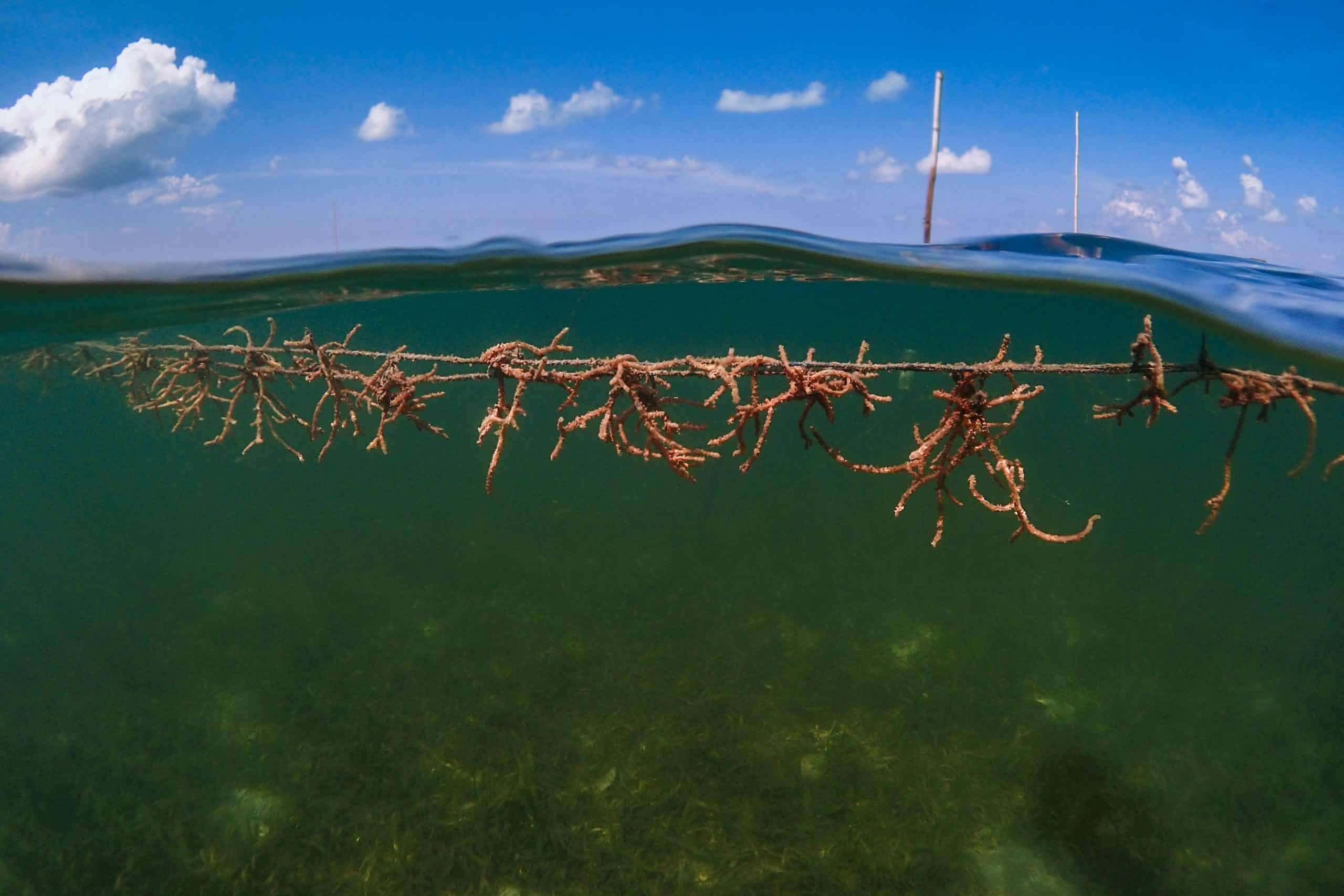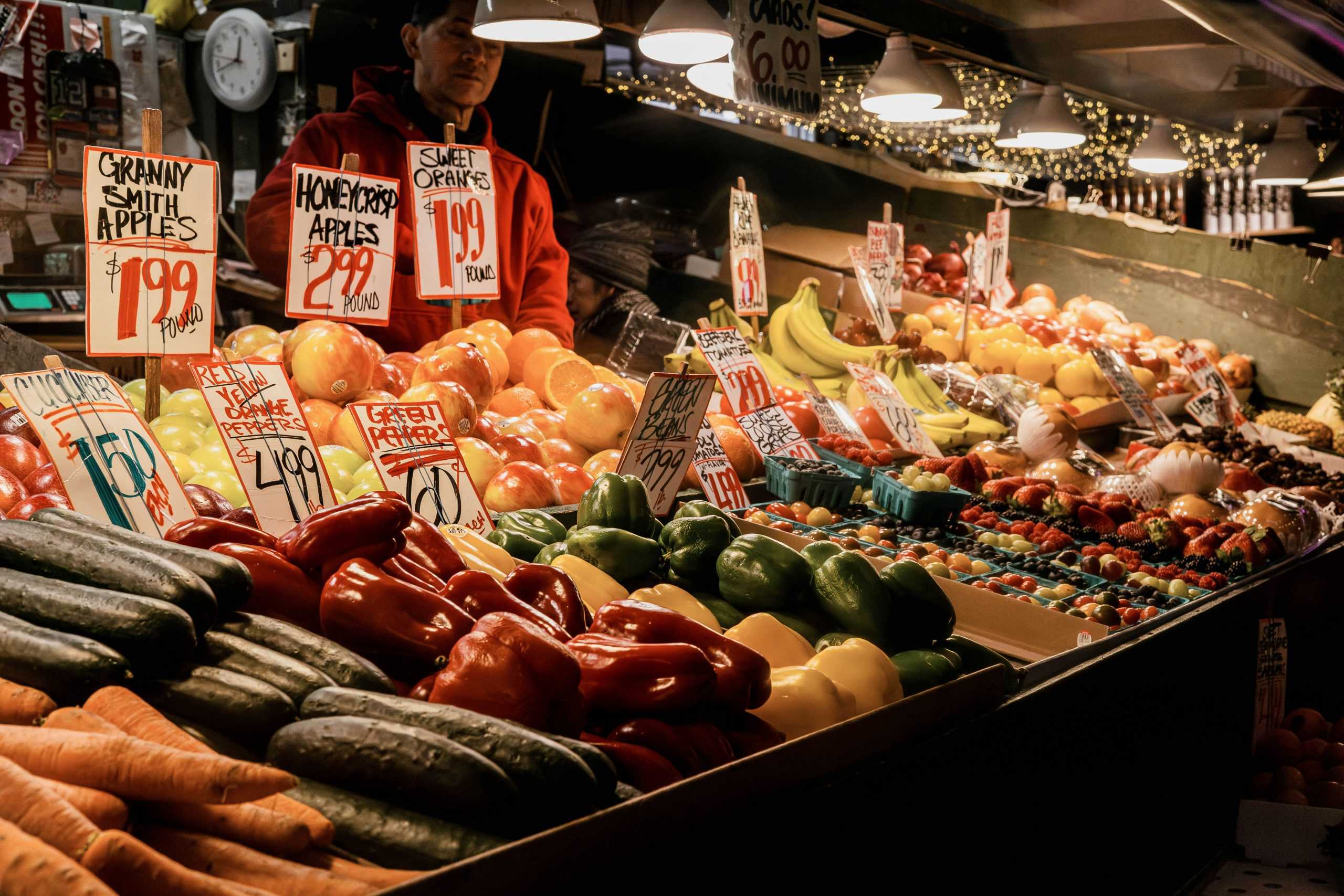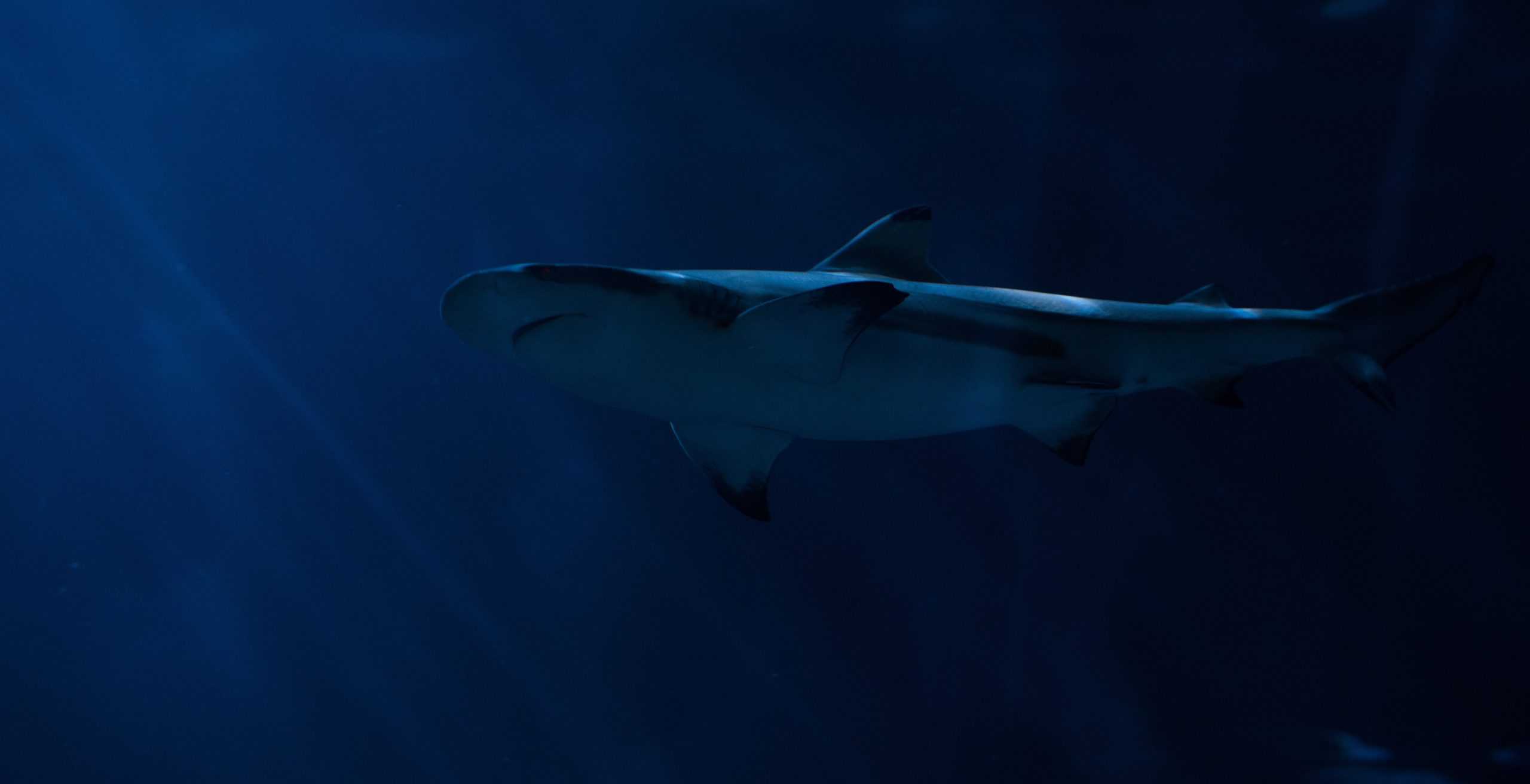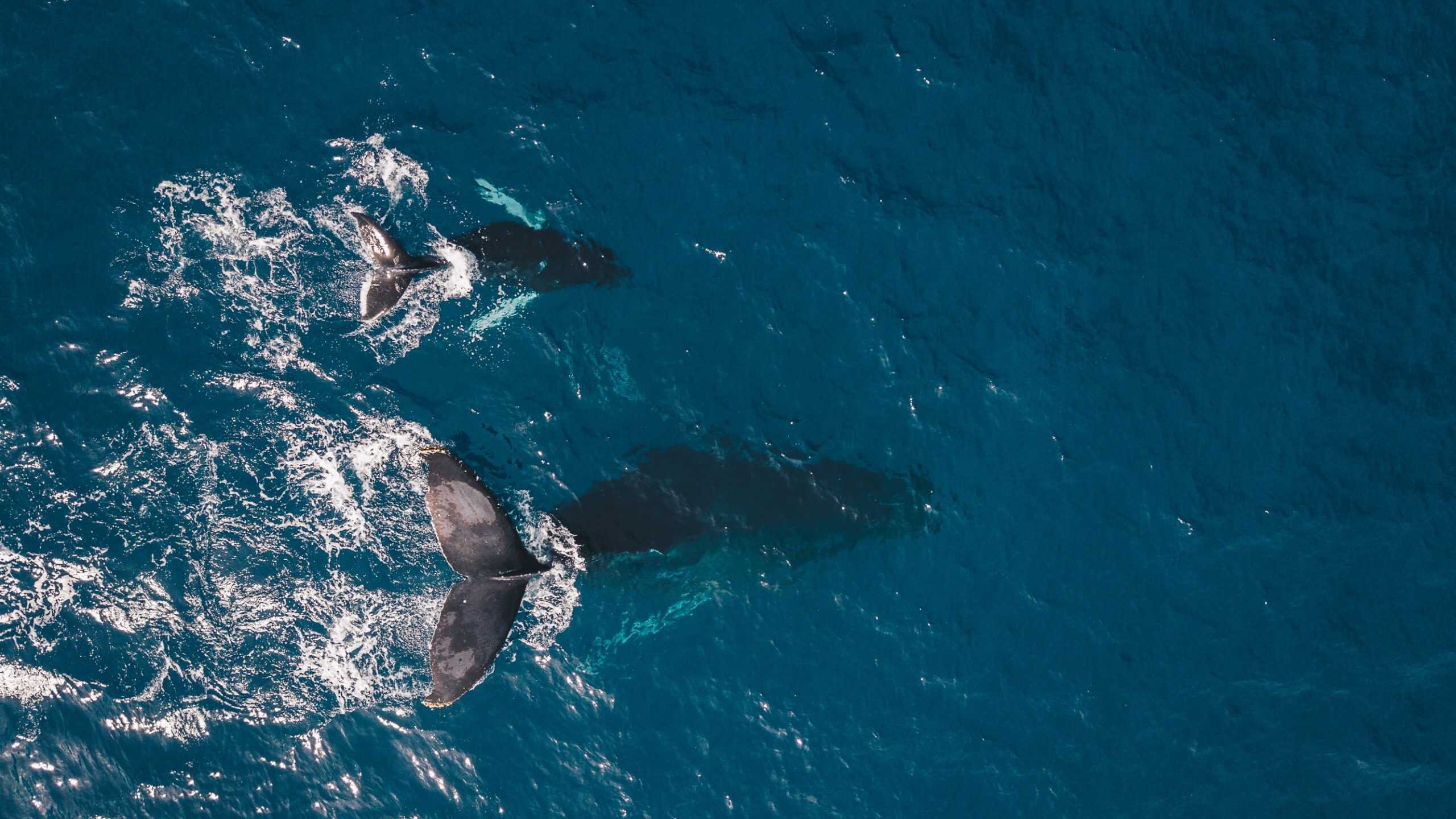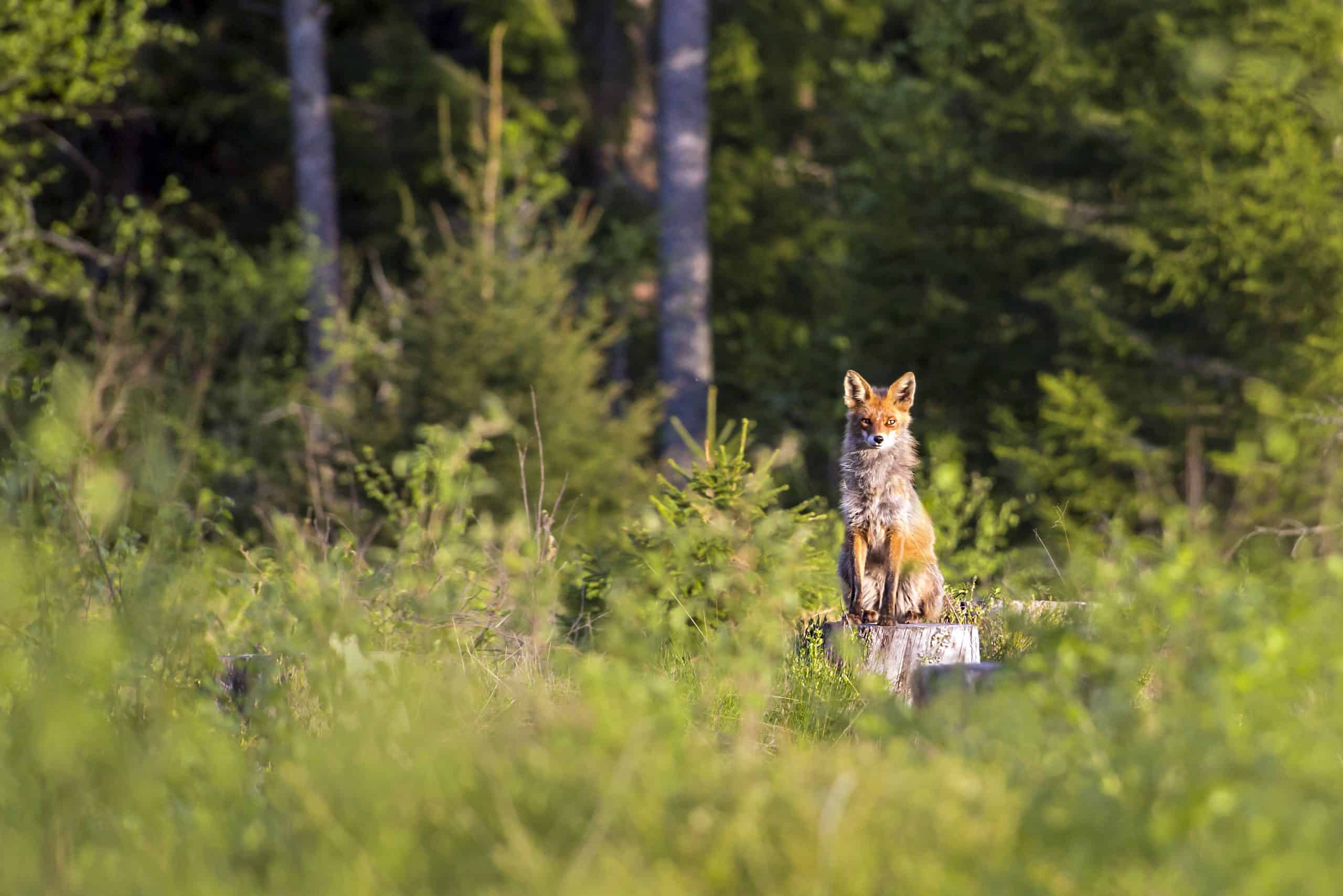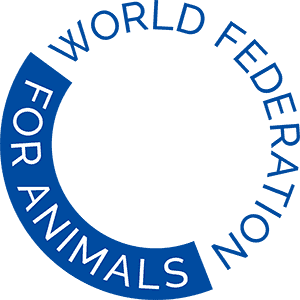Integrating animal welfare as an essential policy concern across our food systems can significantly contribute to preserving biodiversity and regenerating the world’s ecosystems. By transitioning to what should be a reduced animal production system with high animal welfare systems that are integrated within ecosystems, we can support climate and biodiversity goals. Agroecological approaches can work in harmony with animals and their roles within natural processes, supporting ecosystem services such as pollination, temperature regulation, and carbon storage. By primarily relying on animal feed grown in integrated crop-livestock farms, these systems can further reduce the impetus for land-use change and minimise reliance on synthetic fertilisers, which are high emitters of greenhouse gases. Additionally, reducing the use of fertilisers lowers the risk of nutrient pollution, which is vital for maintaining soil and water quality. However, such systems are only sustainable at significantly reduced numbers of animals farmed by implementing measures as those outlined in intervention area 3.
This measure aligns with the Kunming-Montreal Global Biodiversity Framework, in particular Target 10, which aims to enhance biodiversity and sustainability in agriculture, aquaculture, fisheries, and forestry.
Measures
Promote sustainable agricultural practices based on organic and other agroecological principles that improve the welfare of animals and reduce habitat destruction while supporting biodiversity.
Encourage the integration of trees into agricultural landscapes through agroforestry and silvopasture practices.
Support mixed farming systems for improved nutrient recycling and biodiversity benefits.
Establish pilot programs that incentivise the production of sustainable commodities, such as unprocessed fruits and vegetables.
Support R&D of plant-based proteins and other alternative protein sources, such as cell-cultured meat, and promote their market availability and affordability.
Require corporations to prove that food and agricultural products are produced without harming ecosystems.
Examples
The EU Regulation on Deforestation-free Products aims to ensure that EU consumption does not contribute to deforestation and forest degradation in the EU and globally. This regulation requires operators and traders to demonstrate that products placed on the EU market or exported from it, such as soy, beef, palm oil, coffee, and cocoa, do not originate from recently deforested land or contribute to forest degradation.
Integrated livestock systems in Brazilian Cerrado: As part of Brazil’s Low Carbon Agriculture Plan (ABC Plan) launched in 2010, the country has implemented climate change mitigation and adaptation programmes (incentives and regulatory frameworks) to encourage farmers to transition to integrated crop-livestock–forestry systems. These systems improve crop yields, increase carbon sequestration, and foster soil health. They are also beneficial to animal welfare as they provide shade for the animals and support heat regulation. In the Brazilian Cerrado farmers successfully cultivate soybeans, corn, and eucalyptus alongside grazing cattle on the same land.
Pastoralism in the Sahelian region: Pastoralism, characterised by animals kept on extensive pastures and the movement of herds, plays an essential role in rangeland ecosystems. This case study examines the spatial distribution of organic matter and how this traditional practice promotes nutrient cycling, thus fostering vegetation growth and increasing carbon sequestration, especially in tropical silvopastoral systems. Safeguarding the practice of extensive grazing and the free movement of herds supports local communities and contributes to climate change mitigation. In 2023, the Economic Community of West African States approved a policy securing pastoralist’s access to rangelands, which have been increasingly fragmented due to agricultural expansion.
Silvopastoral practices can boost the climate mitigation potential of animal production systems. Incorporating trees, forage, and grazing livestock into systems in the Eastern US could capture 4.9 Tg CO2e yr.−1, and up to 25.6 Tg CO2e yr.−1 if market conditions for this type of system improved. In Colombia, one study found that on farms of less than 10 hectares, silvopastoral systems have the potential to enable 100% mitigation of GHG emissions, due to the carbon capture of live biomass in these systems.
Brazil’s “Brazil Sem Fome” program has officially removed the country from the UN Hunger Map. The country’s achievement is reportedly rooted in holistic, inclusive measures, including supporting farmers to transition to organic and agroecological production. Brazil has instituted a universal school feeding program to ensure children have access to nutritious meals, which are sourced from agroecological farmers. The government has also expanded public procurement from agroecological suppliers to community kitchens, hospitals, military institutions and universities. Additionally, through cross-stakeholder coordination across all levels of government, ministries and civil society, Brazil is aligning progress across food security, health, education, climate, and poverty eradication.

